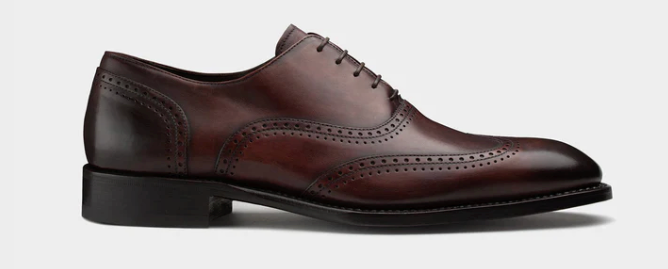
Unveiling the Origins and Charms of Brogue Shoes: A Journey through Gaelic Influence
Unveiling the Etymology:
The word "brogue" finds its roots in the Gaelic language, with its origin stemming from the term "brog" meaning shoe. This linguistic connection provides a glimpse into the cultural influence that has shaped the evolution of footwear and its associated terminology. With time, the term "brogue" came to represent a distinct style of men's leather dress shoes that showcased a particular set of design elements.
The Distinctive Characteristics:
What sets brogue shoes apart from their counterparts is the meticulous broguing, which entails decorative perforations along the edges and toe caps of the shoe. These punctures, originally designed to allow water to drain out, evolved into a unique ornamental feature. The broguing patterns vary, ranging from the simple and subtle to the elaborate and intricate, presenting wearers with a wide array of options to suit their personal style and preferences.
The Evolution of Brogue Shoes:
Brogue shoes have an intriguing history that spans several centuries. Originating in Ireland and Scotland, these shoes were initially designed for outdoor activities and were primarily worn by farmers and workers in rural areas. The broguing served a functional purpose by allowing water to escape when traversing through wet terrain. However, as time went on, the style began to permeate various strata of society, transitioning from its utilitarian origins to becoming a symbol of sophistication and refined taste.
Over the years, brogue shoes underwent transformations in response to changing fashion trends. From their humble beginnings as rugged work footwear, they gradually acquired a place in the realm of formal attire. Their versatility, combining elements of both casual and formal styles, made them a perfect choice for men seeking an elegant yet distinctive shoe option.
Modern Interpretations:
Today, brogue shoes continue to hold a prominent place in men's fashion. Designers and shoemakers have embraced the charm of brogue shoes, reimagining them in a multitude of forms. From the classic full brogue (wingtip) to the semi-brogue and quarter brogue styles, there is a brogue shoe for every occasion and individual preference. Furthermore, brogue detailing has extended beyond traditional dress shoes, finding its way into boots, sneakers, and even women's footwear, illustrating its enduring appeal and adaptability.
Embracing Tradition and Style:
The enduring popularity of brogue shoes lies in their ability to seamlessly merge tradition and style. They evoke a sense of nostalgia and pay homage to their historical roots while remaining contemporary and fashionable. Brogues effortlessly bridge the gap between formal and casual wear, complementing a wide range of outfits, from tailored suits to jeans and chinos.
Conclusion:
As we conclude our exploration into the origins and characteristics of brogue shoes, we are left with a profound appreciation for the impact of Gaelic culture and language on men's footwear. The term "brogue" itself, derived from the Gaelic word "brog," beautifully encapsulates the evolution of these distinctive shoes. From their functional beginnings to their current status as an enduring fashion statement, brogue shoes serve as a testament to the enduring appeal of craftsmanship and timeless style. So, whether you're strolling through city streets or attending a formal gathering, consider slipping on a pair of brogues and embracing the rich heritage that accompanies these remarkable shoes.
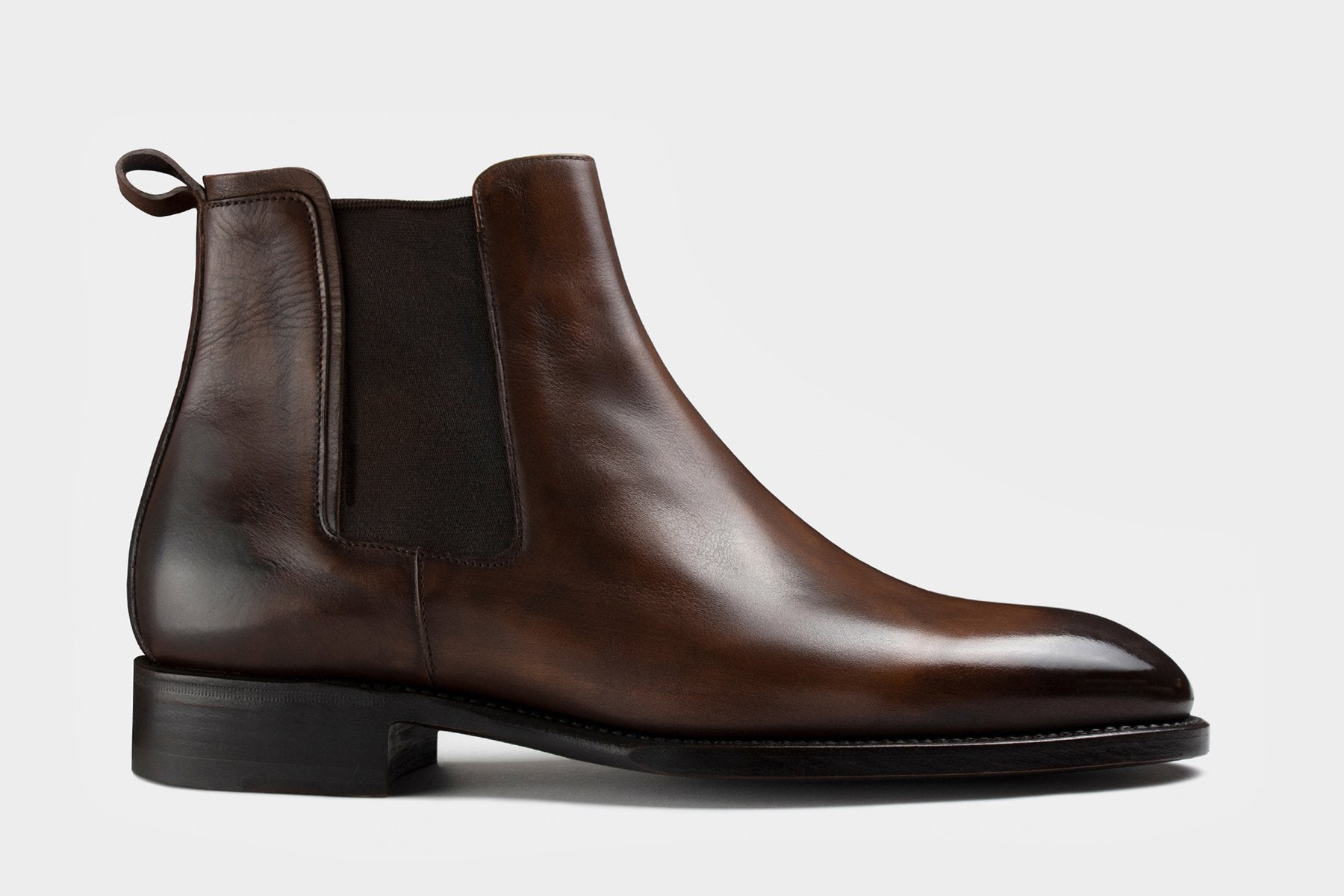
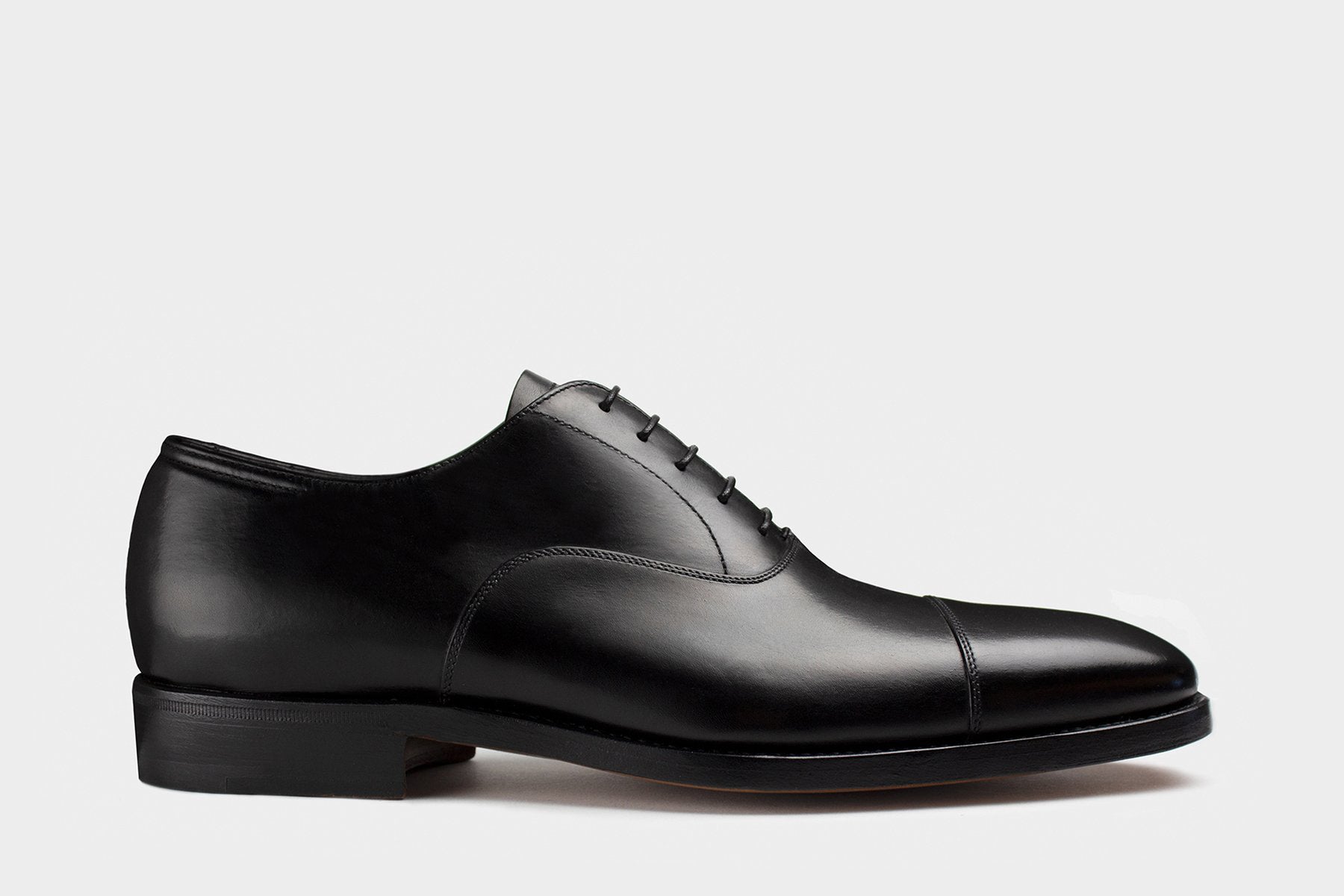
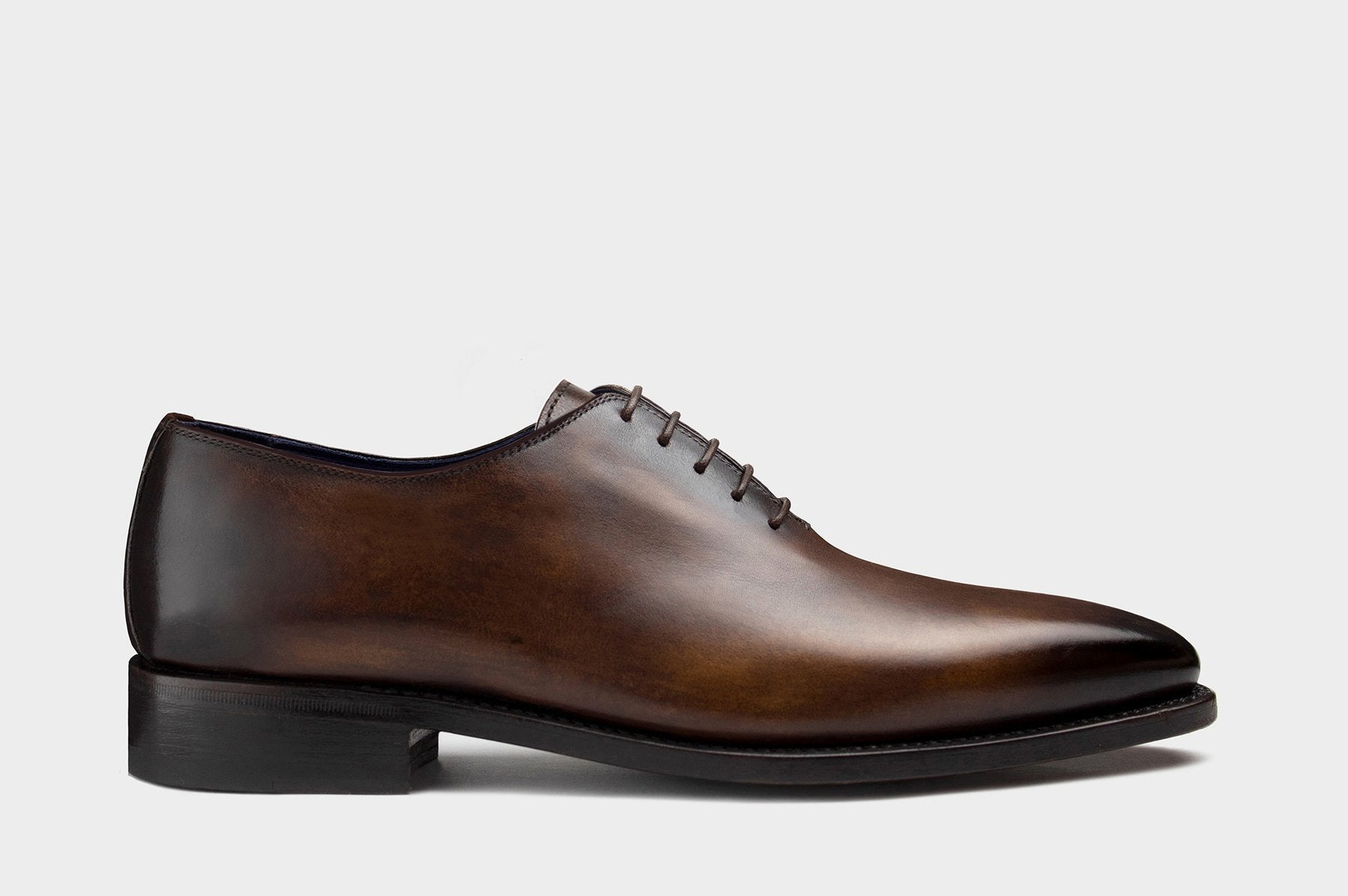
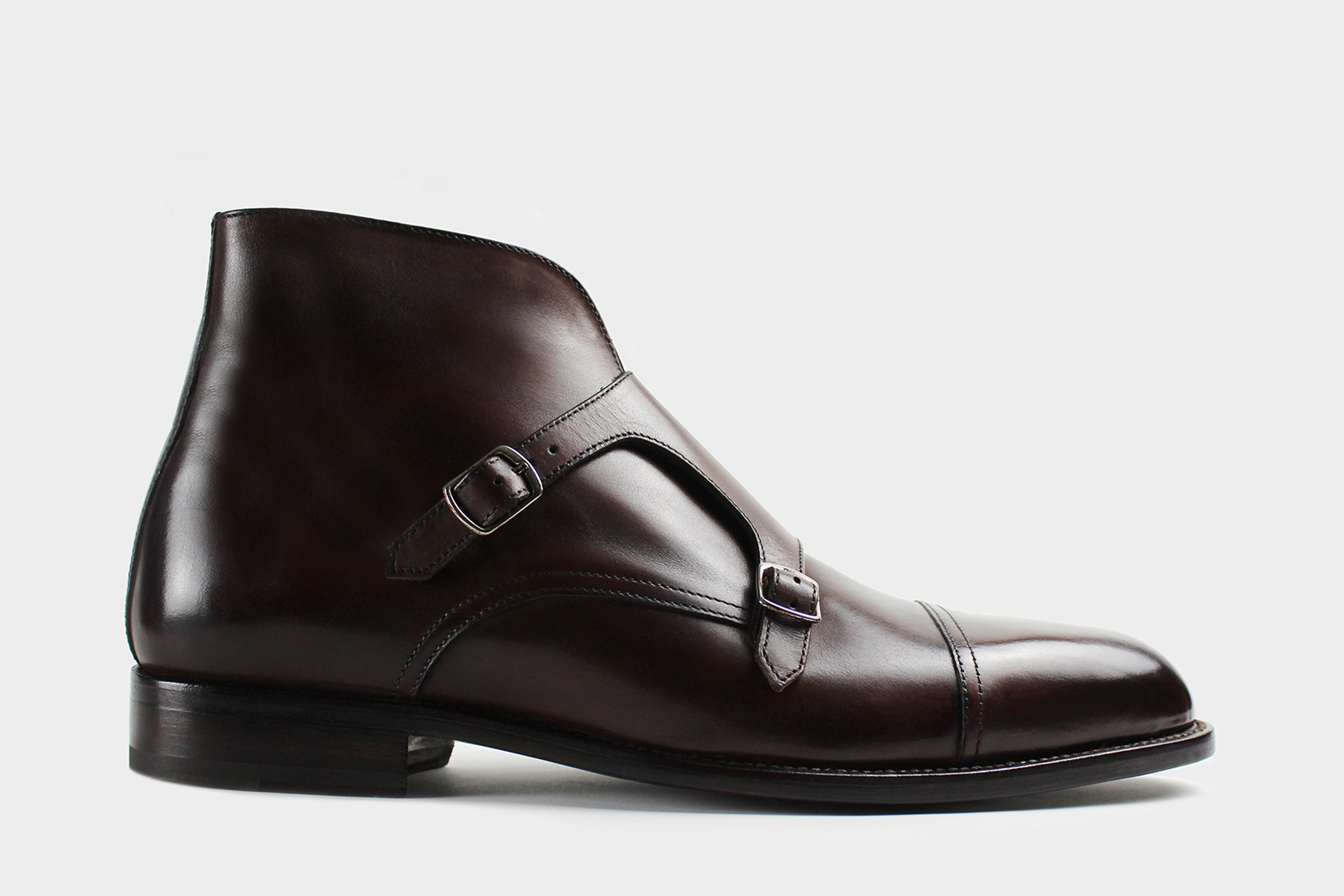
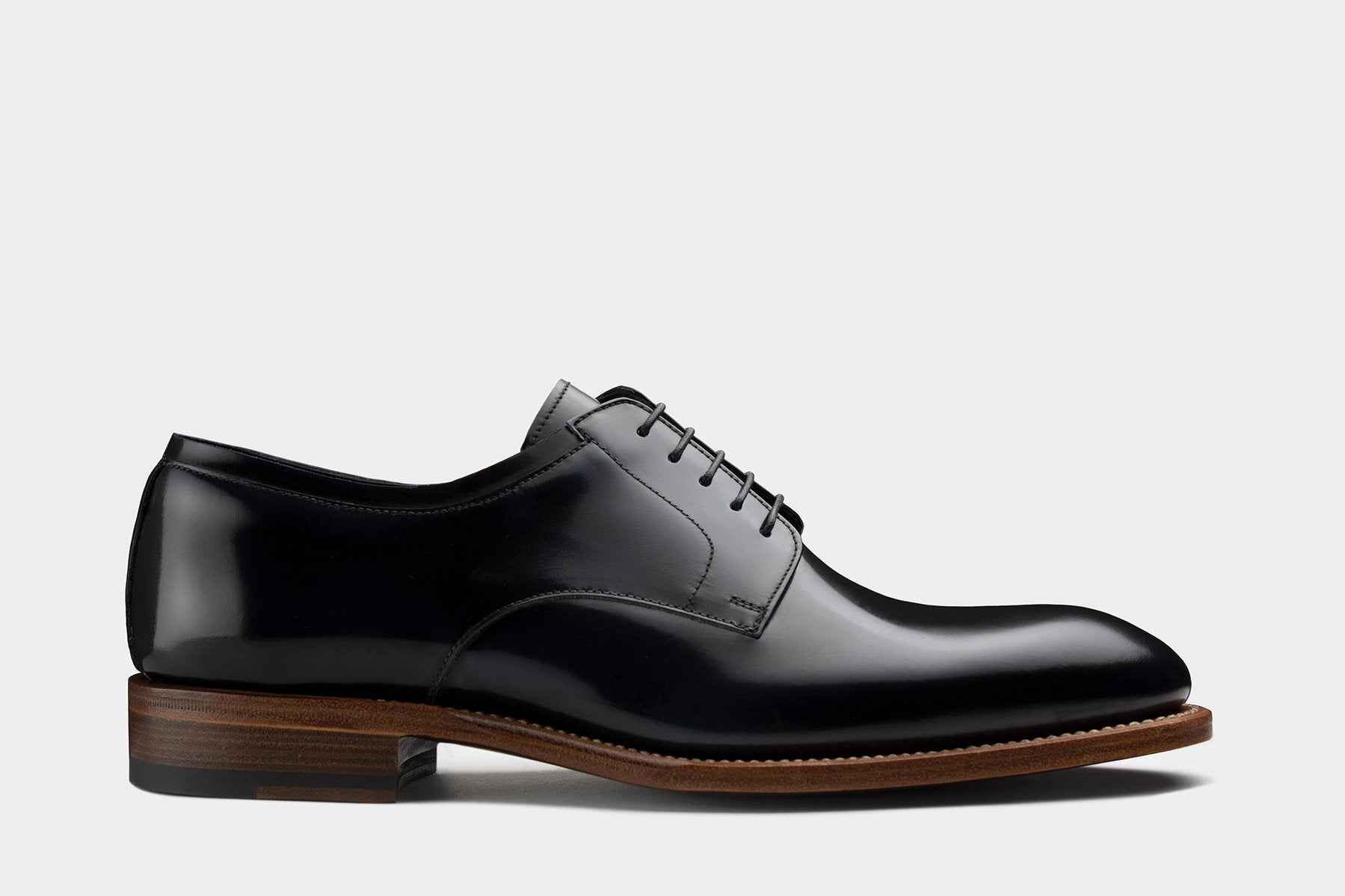
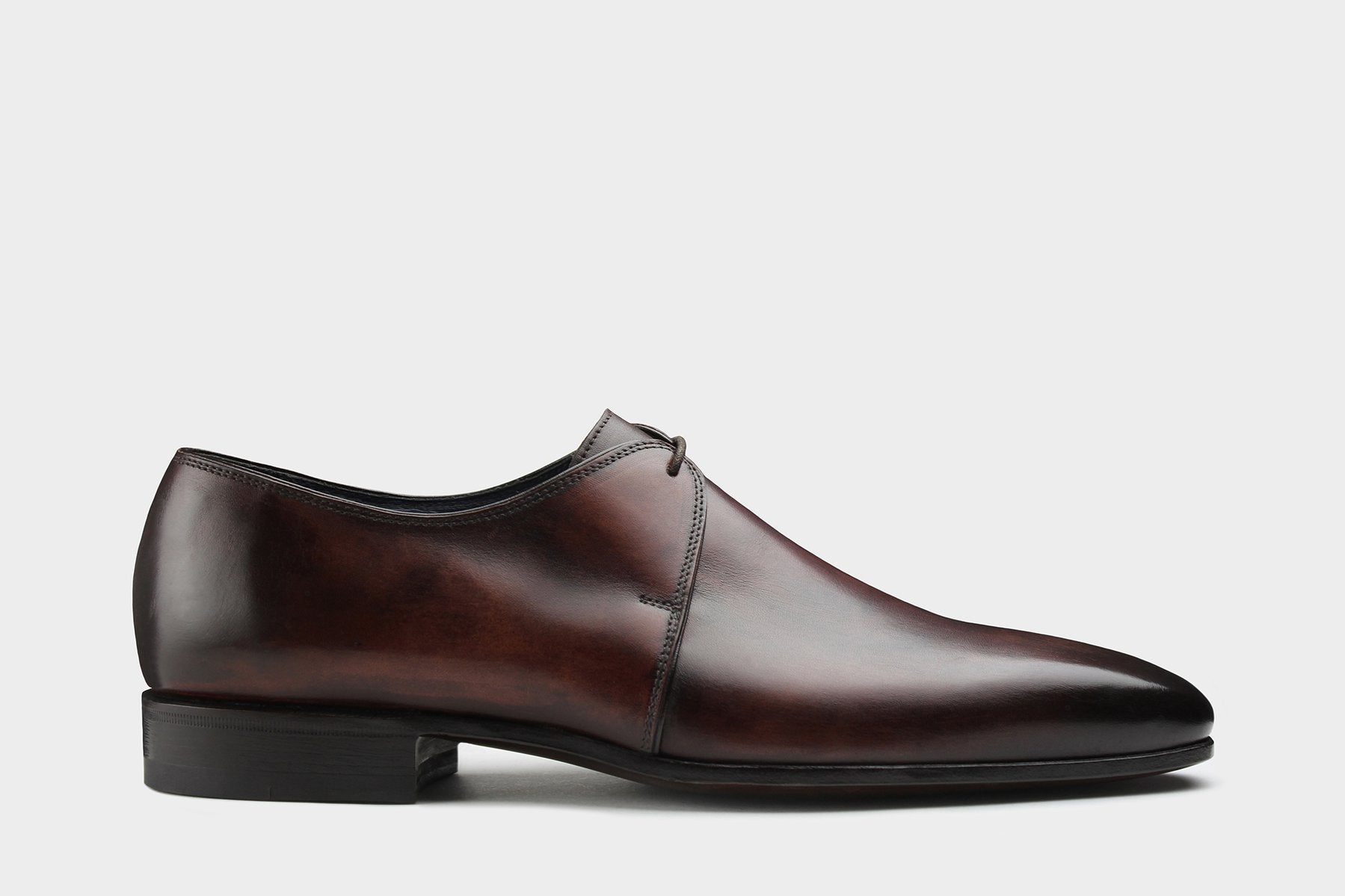
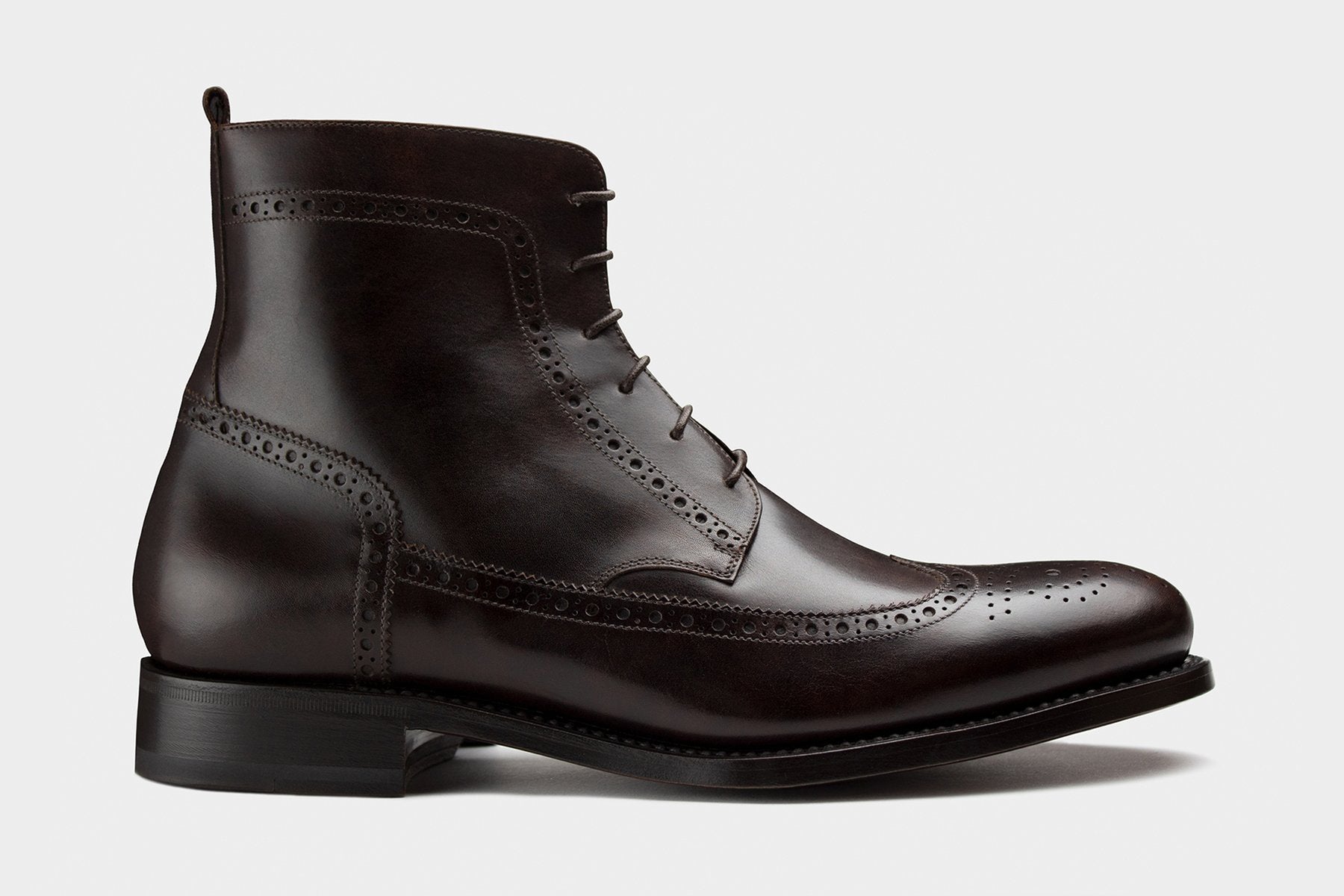
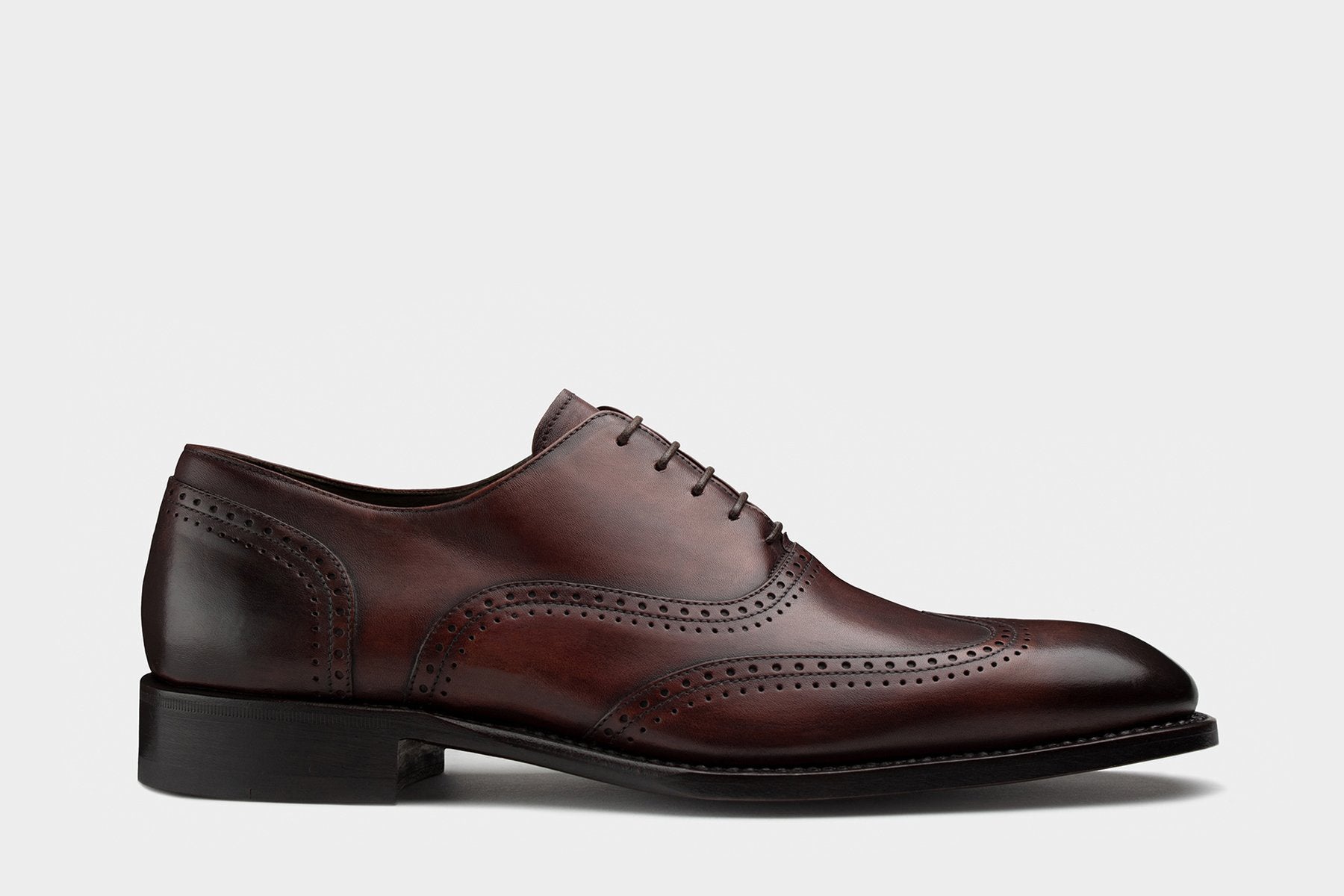
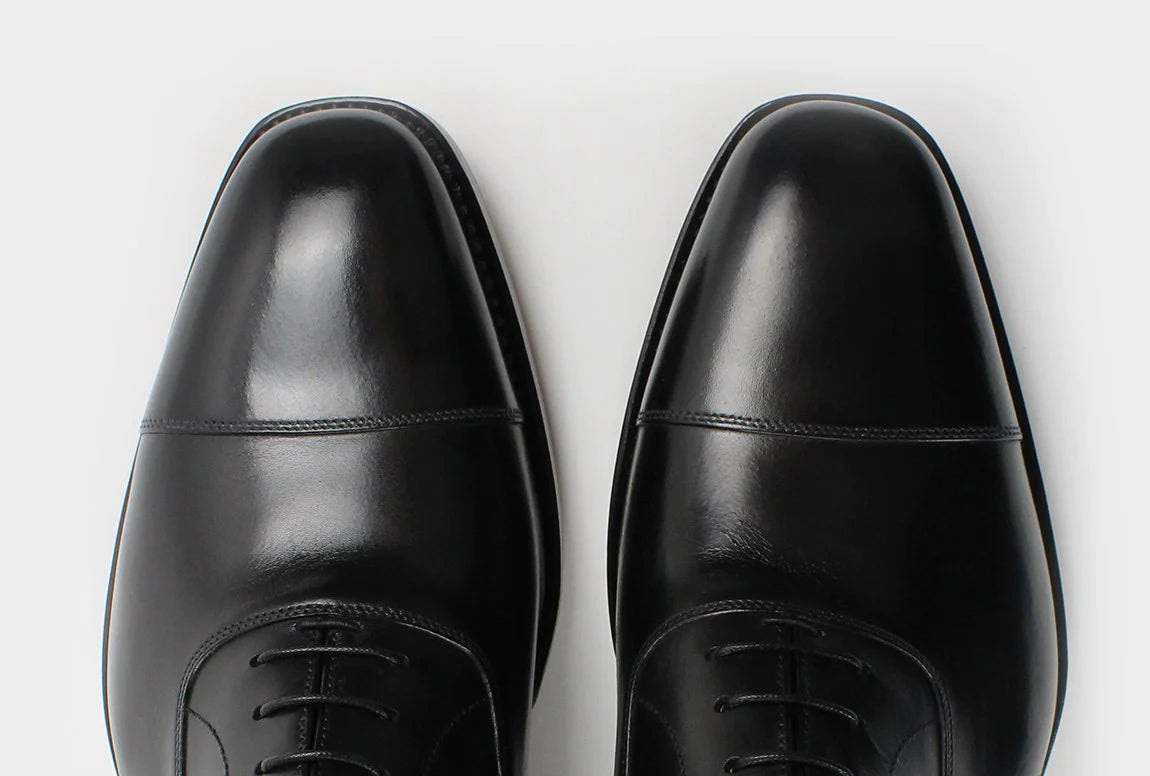
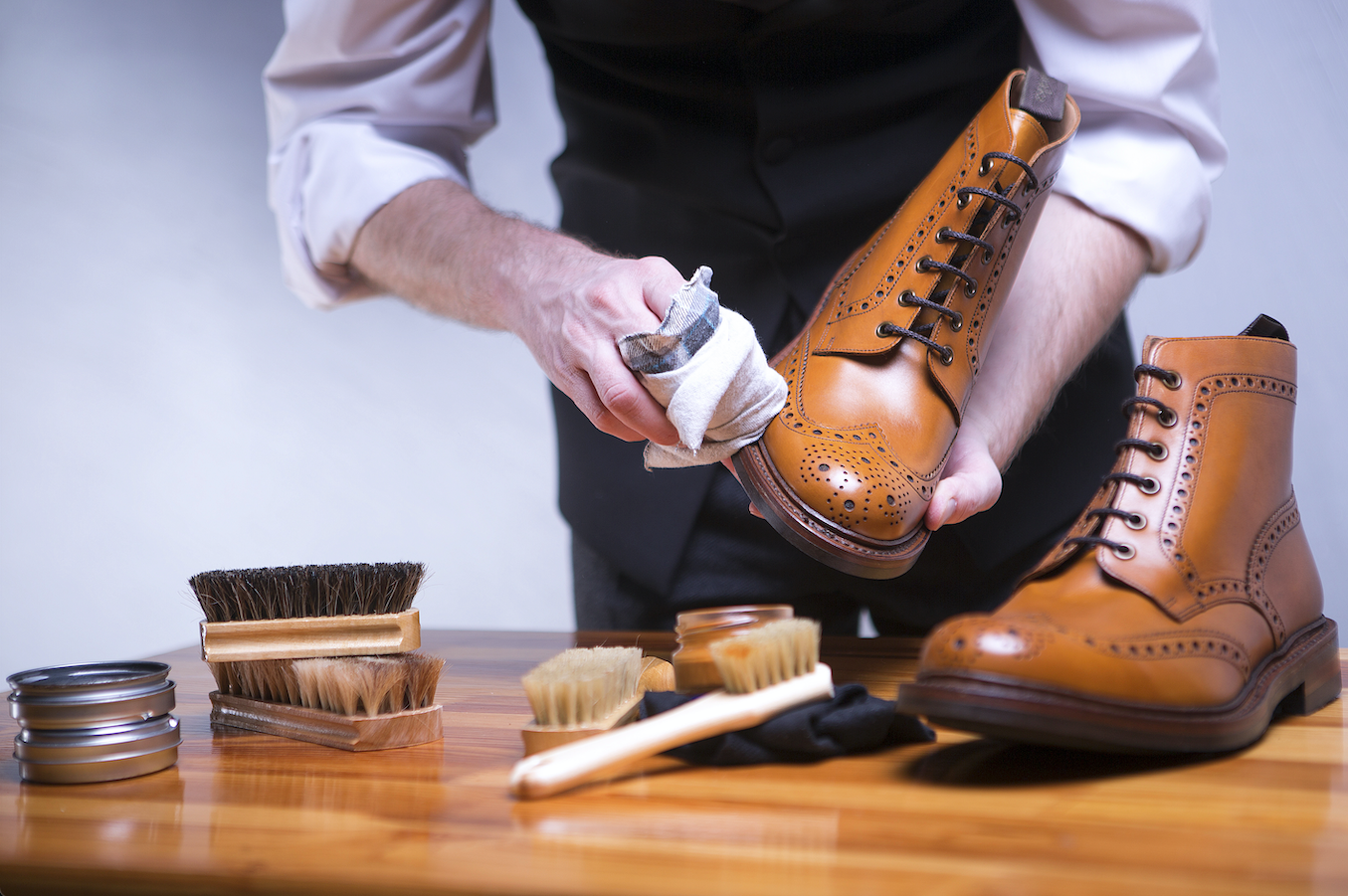

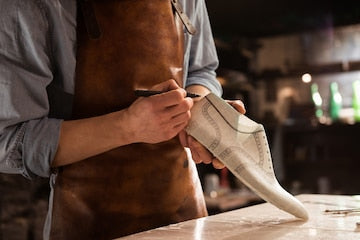
Leave a comment
This site is protected by hCaptcha and the hCaptcha Privacy Policy and Terms of Service apply.